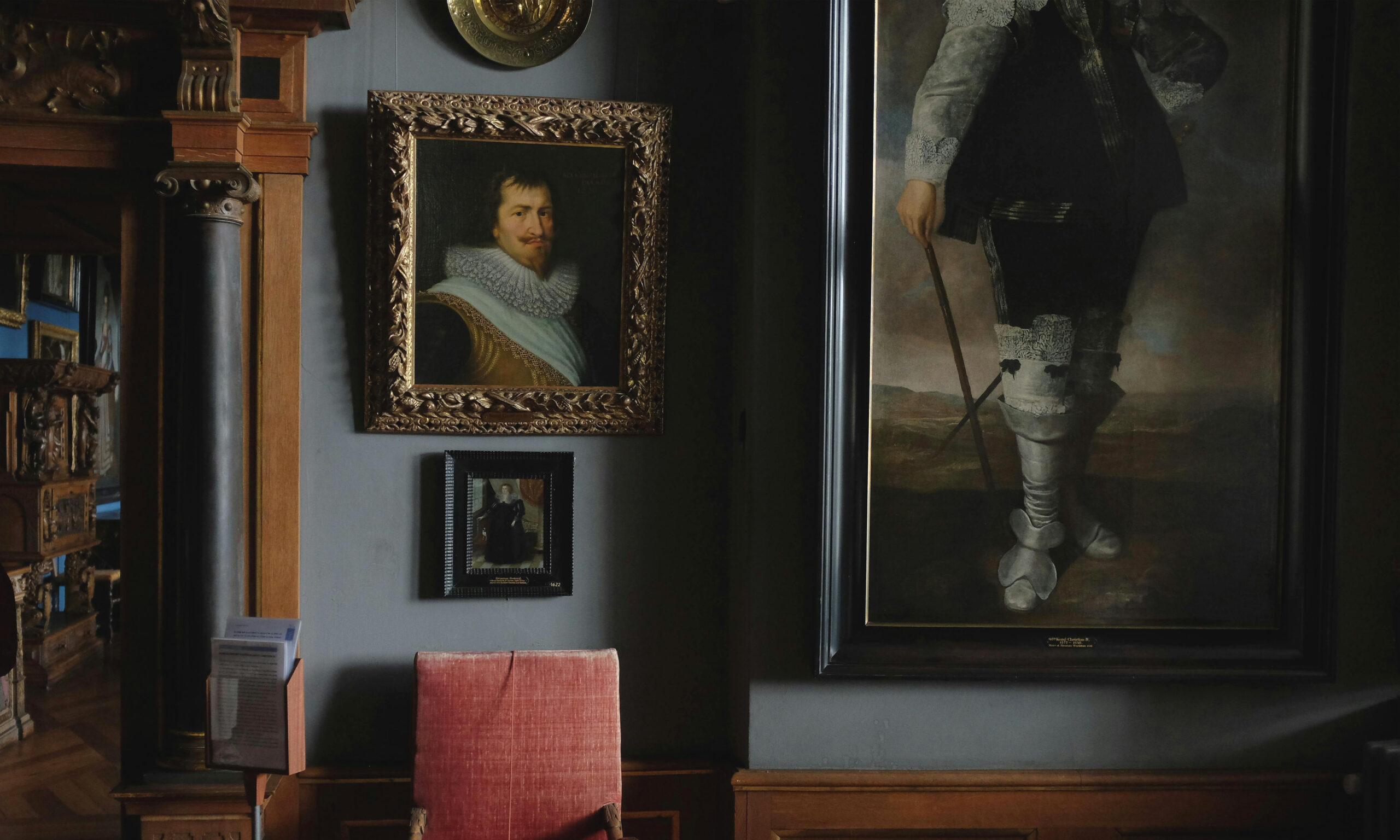The art market is wide and varied, with many different strands – from a freshly emerging artist selling work directly to friends and family, to a world-famous title going for millions in the final, tense moments of an auction.
All art sales, however, can be placed in one of two main areas, the primary and secondary markets. The primary market, where an artwork is first sold, sees artworks valued according to current consumer demand, determined by galleries, dealers, and the artists themselves.
The secondary or resale market, however, is where an artwork’s long-term value can be determined, and is vital to art collectors and investors.
What is the Secondary Market?
The secondary art market encompasses any sale of an artwork after the first time it is sold. This can be a sale through:
- Art dealers
- Online sales platforms
- Art galleries with a secondary market portfolio
- Auction houses
- Private sales
The secondary market differs in a few ways from the primary market, most notably in that the focus tends to be on artists who are already well established with a defined sales history. By contrast, the primary market is generally made up of contemporary living artists at varying stages of their careers.
The secondary sale of a work also means that the profit does not go directly to the artist, but rather to the owner of the work, with fees paid to any art market professional involved in the sale. However, the artist can still profit from the work through Artist Resale Rights (ARR).
Price Differences from Primary Market
An artwork being resold on the secondary market will often differ in price to its initial purchase price, either moving up or moving down.
If an artwork sees a significant increase, this is because it has increased in desirability since its first purchase. This could be for a number of reasons, such as the artist’s work having increased in popularity or wider art world trends. There are many famous stories of an artwork being resold for a huge increase on its buying price.
However, an artwork’s price can also dip on the secondary market. This might be because the demand for this artist’s work has not yet moved away from the primary market, or that their
long-term investment value has yet to be established. It could also be that there are too many similar works on offer at once, lowering demand from collectors.
The Importance of Provenance and History
An artwork sold on the primary market is directly authenticated by the seller, either an art market professional or the artist themselves. On the secondary market, however, after an artwork has changed hands, proving the authenticity of the work through documentation is vital – not least because the artwork value is closely linked to the artist’s reputation.
Additionally, when selling an artwork on the secondary market, you will need to prove that you legally own the artwork and have a right to sell it. Types of provenance used in the secondary market include original sale invoices, older sales records accessed through an auction house, and expert authentication.
The Function of Secondary Sellers
Secondary sellers such as dealers, sales platforms and auction houses help to set prices based on the artwork’s sales history. Dealers and online platforms will generally establish either a price point or price range; they may also be open to offers from buyers, negotiating a price on behalf of their client.
Auction houses set reserve prices ahead of time, and if the highest bid does not meet the reserve, the seller is not generally required to go through with the sale. The auction house will also publish an estimate for how much they expect the work to sell for – auction sales can make headlines when an artwork sells for a much higher price than the estimate, especially if the bidding becomes particularly fierce in the heat of the moment.
All secondary sellers will add a fee to an artwork sale, which will vary depending on the seller. Auction house fees will generally be added after the ‘hammer’ price, so buyers are advised to be aware of this when bidding.
Trends and Collector Demand
The name and fame of the artist is one of the biggest driving factors behind the price of a secondary market sale, as this is what will bring collector demand. And, as with any price, the rule of supply versus demand is king; rare works will be those with the highest value.
As well as demand for a specific artist, the demand for certain trends will also impact the price of a work on the secondary market. However, this impact is perhaps less direct than on the primary market, as there is much more context to include when pricing each work.
It is also important to remember that, while we might think of trends as fleeting, the secondary art market reflects changes in taste over decades or even centuries. Van Gogh was famously unsuccessful during his own lifetime, and now any one of his works might be valued in the tens
of millions. It is this kind of slow growth and long-term trends that gives the secondary art market its reputation for stability.
Valuing Your Work
If you are considering either buying or selling an artwork on the secondary market, you can find many resources across our platform to help. Our expert team offers free valuations on any artwork you own, through a simple step-by-step guide. You can also browse a range of investment level artworks available from our sellers, with competitive prices based on current market value.





